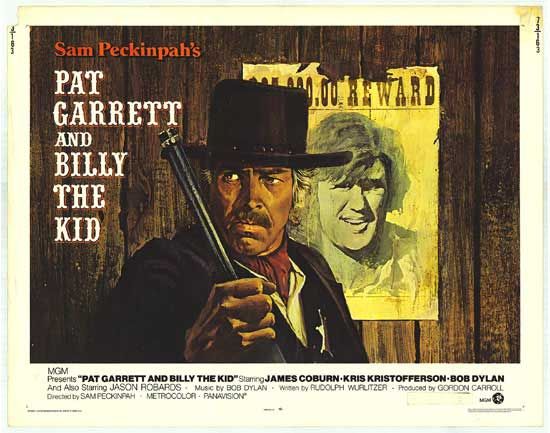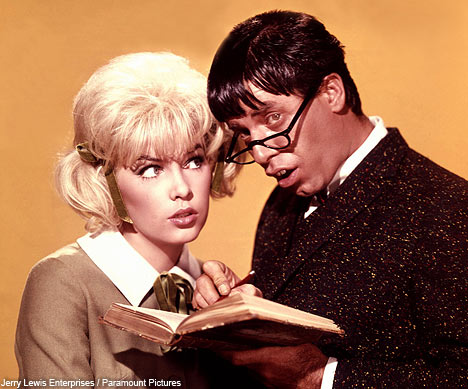REMEMBER THE NIGHT (Mitchell Leisen, 1940)
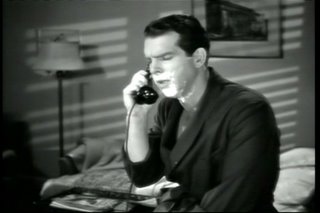
After having just opened Universal’s “Preston Sturges – The Filmmaker Collection” today (which, by the way, could have been lavished over with a little more care, considering that the sole bonus features of theatrical trailers aren’t even the originals, and two of the films – THE LADY EVE and SULLIVAN’S TRAVELS – are still in print with definitive editions courtesy of Criterion), I encountered a great gift from Turner Classic Movies: the channel’s first airing of the Sturges’ scripted, Mitchell Leisen directed REMEMBER THE NIGHT, from 1940, starring Fred MacMurray and Barbara Stanwyck two years before their tempestuous team-up for Billy Wilder in his immortal DOUBLE INDEMNITY. I’ve read the screenplay, which was originally titled “The Amazing Marriage”, a number of years ago in its published form (in a collection from the University of California Press that also bounds together EASY LIVING and THE POWER AND THE GLORY, two other non-directed Sturges’ scripts) and had wanted to see the film version ever since.
Here’s the story, recounted briefly: Assistant D.A. John Sargent (MacMurray) manages to postpone the hearing of attractive shoplifter Lee Leander (Stanwyck) until after Christmas, cleverly deducing that the jury would take sympathy on her simply because of the time of year. Feeling slightly guilt afterwards, Sargent arranges for Leander to be set free until the trial date, but unexpectedly finds himself in a quandary when Leander’s dropped at his apartment, despondent and with no cash, for him to take care of. Following a charming dinner and dance sequence, the two discover that they’re both from Indiana, so Sargent hits upon the notion of dropping Leander off at her mother’s residence; soon after arriving, Sargent realizes it’s a rotten idea, as Leander comes from something of a broken home. The two spend an old-fashioned, rural Indiana Christmas and fall in love, but not before the matriarch (Beulah Bondi) of the Sargent family sternly informs Leander that her son has worked hard to get where he is, and to think of his career before making any rash marriage decisions. Leander sacrifices her freedom during the hearing, changing her plea to guilty, following Sargent’s attempts to infuriate the jury in order to get an acquittal. The final scene features Stanwyck in her cell with an almost-childlike MacMurray being comforted by her presence and the fact that perhaps the two will marry following her release; unlikely as that may be, the film ends on that dubious note.
One of two Sturges’ scripts to be filmed by Leisen (the other being the aforementioned comedy EASY LIVING from 1938), these two pictures were the only ones that Sturges wrote, but didn’t direct, that he deemed worthy enough to keep 16mm prints. So, based on this factoid, it might sound confounding to hear that Leisen deviated strongly from the original 130-paged screenplay, even down to what can be gleaned from the decidedly ambiguous ending.
Although Sturges’ dialogue belabors the point of their futile romance in this final scene, Leisen chose to elide certain passages, including “It wouldn’t be the same” (after her prison stint) and her comparisons to their relationship being “kind of like a marriage at that” (perhaps what Sturges meant by the original title) should Sargent hold her hand during the sentencing; one would assume that these changes were a way of the studio asserting a happier ending on the proceedings, but I feel that it’s all subtly inferred through the caliginous cell and Leisen’s mise-en-scene so much so that it makes this dialogue extraneous.
What I can’t find any information on is a still of a coda that takes place after Stanwyck’s release that’s included in David Chierichetti’s book on Leisen, “Hollywood Director” [Curtis Books, 1973]. From what can be gathered from the still, it appears that MacMurray has indeed forgotten about the now mangy-haired Stanwyck, and it’s her estranged mother (Georgia Caine) waiting on the outside instead. Anyone who has seen the film (or read the screenplay, in which it also doesn’t appear) can attest that this addendum makes no sense in regard to Lee’s homecoming earlier on, in which her mother comes across as cold and indifferent to a daughter who ran away at age 14.
Other Leisen deletions from Sturges’ script include a lengthy exchange between Sargent and his help about Christmas gifts that still need to be purchased; Leander being bailed out before being escorted to Sargent’s apartment (again, superfluous); Leander, accompanied by Sargent’s mother (Beulah Bondi), spinster aunt (Elizabeth Patterson), and - as Sturges’ script reads - a “Sterling Holloway type” (played by none other than Sterling Holloway), touchingly moved by a Christmas mass; an apple-dunking scene at the Sargent farm had been cut entirely; and a love scene between the unlikely couple following Mrs. Sargent’s unsparing advice to Leander concerning Sargent’s future as an attorney. Also, any mention of Lee’s sister, who had also been a wayward runaway, is nowhere to be heard.
Sturges’ admiration for Stanwyck must have stemmed from his experiences here, as he was maintained on-set by Leisen for rewrites and would have witnessed Stanwyck’s unsurpassed professionalism (as told by Leisen in the interview portion of “Hollywood Director”), which is nothing to say of observing her acting abilities first-hand. Just two years later Sturges would craft Jean Harrington for Stanwyck, resulting in one of her most identifiable roles in THE LADY EVE.
In fact, the relationship between Henry Fonda/Stanwyck in that film is not entirely dissimilar to MacMurray/Stanwyck here, but just amped up to eleven; both men are somewhat naïve and the women world-weary and assertive, with the added common characteristic of being downright maternal at times.

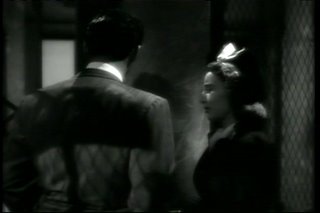
The Cahiers du Cinema somewhat facetiously called Leisen Hollywood’s “grand couturier” (referring to his origins as an art director for the likes of Cecil B. DeMille) and Andrew Sarris put him in the Lightly Likable section of “The American Cinema”, but to this spectator, his modest returns from screenplays by later directors Billy Wilder and Preston Sturges are something to be marveled at -- not exactly equal to the films of those later respected autuers, but certainly nothing less. His handling of two sequences of REMEMBER THE NIGHT are noteworthy in particular, for keeping both leads in almost absolute darkness: the Niagara Falls embrace (“People aren’t responsible for what they say in Niagara Falls”) and the closing prison scene.
The former exists as an alluring postcard of the time spent together as a couple, before leaving for the big city and the judicial system which will once again team up to fragment their relationship. MacMurray slyly hopes that Stanwyck will take him up on the offer of staying in Canada, but after the salvation she’s received by spending time with his family, there’s no hope for her agreeing to skip out on her chastisement. In the previous scene, MacMurray playfully proclaims to be a fugitive from the law at the border; it’s a throwaway line but put there for a reason: he’ll now do anything for this woman, including potentially jeopardizing his future as a lawyer, and Stanwyck is wise to this. Her later sacrifice in the court of law is the maternal instinct kicking in, overshadowing whatever romantic longing she may feel, and doing what’s preeminently important no matter how hard it may be.
Once again in the final scene, Leisen places MacMurray in the dark simply because he literally is; he questions Stanwyck’s actions of changing her plea, attempting to frighten her by saying that there’s no going back, but he doesn’t understand the fundamental purpose that it’s for his own benefit, despite his claims that he knows what’s best. And although it’s not explicitly stated, one can see it in Stanwyck’s eyes that she recognizes that MacMurray will someday comprehend just what she’s done and move on, despite the palpable protestations in his voice that his love will burn eternal.
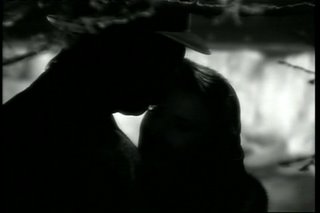
Labels: Mitchell Leisen, Preston Sturges, REMEMBER THE NIGHT



 My LP Collection
My LP Collection






